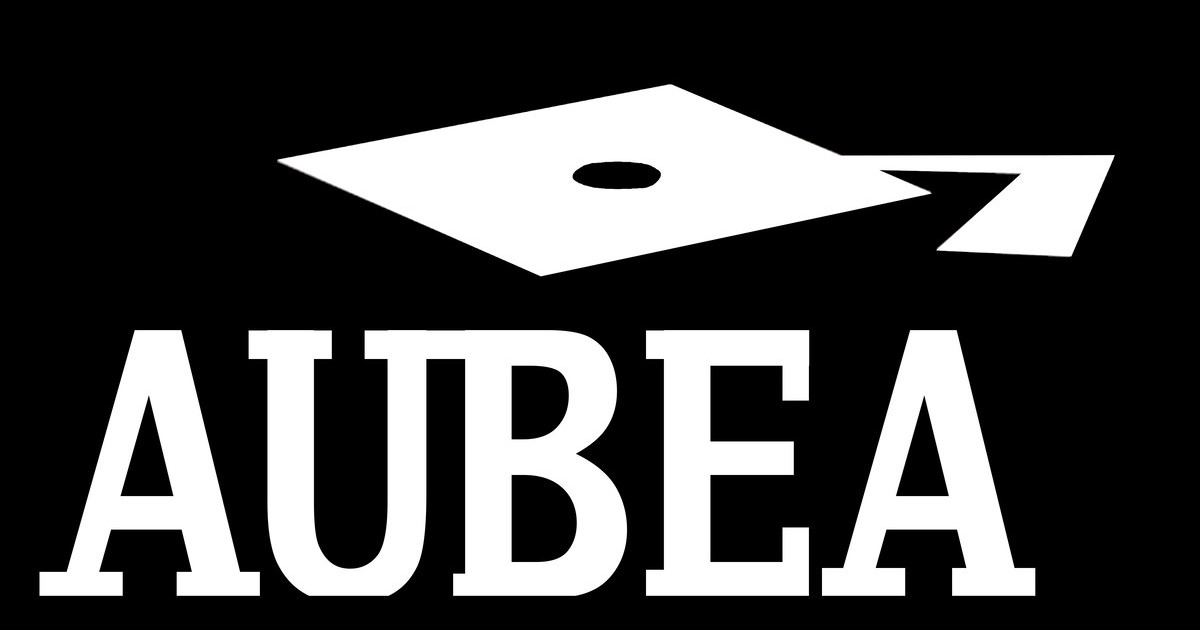- 3.1Impact Factor
- 4.4CiteScore
- 15 daysTime to First Decision
Selected Papers from the 45th Australasian Universities Building Education Association (AUBEA 2022)
This special issue belongs to the section “Construction Management, and Computers & Digitization“.
Special Issue Information
Dear Colleagues,
The 45th Australasian Universities Building Education Association (AUBEA) conference was hosted by Western Sydney University, Kingswood Campus, Sydney, Australia by the School of Engineering, Design, and Built Environment in collaboration with the Centre for Smart Modern Construction, Western Sydney University, between 23rd and 25th November 2022. The conference presented the latest research with the theme of “Global Challenges in a Disrupted World: Smart, Sustainable and Resilient Approaches in the Built Environment.” AUBEA 2022 brought together researchers, educators, students, and industry practitioners from Australia and other regions to share knowledge, collaborate, reflect, and learn about current issues and participate in shaping the future of the construction and built environment sectors.
The conference presented the latest research on a wide range of topics related to “Smart, Sustainable and Resilient Approaches in the Built Environment”; the research proceedings were split into eight sub-themes. The key research areas discussed include construction project management, the digitalisation of construction, industrialisation, sustainability, resilience, health and safety, and education in the built environment.
Selected authors from the AUBEA 2022 are invited to submit their extended papers to this Special Issue, which will be fully peer reviewed for further selection and publication.
Prof. Dr. Srinath Perera
Dr. Ali Al-Ashwal
Dr. Wei Zhou
Dr. Md Kamrul Hassan
Dr. Sepani Senaratne
Dr. Robert Osei-Kyei
Dr. Sameera Wijesiri Pathirana
Dr. Brendan Kirkland
Dr. Yingbin Feng
Guest Editors
Manuscript Submission Information
Manuscripts should be submitted online at www.mdpi.com by registering and logging in to this website. Once you are registered, click here to go to the submission form. Manuscripts can be submitted until the deadline. All submissions that pass pre-check are peer-reviewed. Accepted papers will be published continuously in the journal (as soon as accepted) and will be listed together on the special issue website. Research articles, review articles as well as short communications are invited. For planned papers, a title and short abstract (about 250 words) can be sent to the Editorial Office for assessment.
Submitted manuscripts should not have been published previously, nor be under consideration for publication elsewhere (except conference proceedings papers). All manuscripts are thoroughly refereed through a single-blind peer-review process. A guide for authors and other relevant information for submission of manuscripts is available on the Instructions for Authors page. Buildings is an international peer-reviewed open access semimonthly journal published by MDPI.
Please visit the Instructions for Authors page before submitting a manuscript. The Article Processing Charge (APC) for publication in this open access journal is 2600 CHF (Swiss Francs). Submitted papers should be well formatted and use good English. Authors may use MDPI's English editing service prior to publication or during author revisions.
Keywords
- digitalisation
- health and safety
- construction
- project management
- resilience
- industrialisation
- sustainability

Benefits of Publishing in a Special Issue
- Ease of navigation: Grouping papers by topic helps scholars navigate broad scope journals more efficiently.
- Greater discoverability: Special Issues support the reach and impact of scientific research. Articles in Special Issues are more discoverable and cited more frequently.
- Expansion of research network: Special Issues facilitate connections among authors, fostering scientific collaborations.
- External promotion: Articles in Special Issues are often promoted through the journal's social media, increasing their visibility.
- e-Book format: Special Issues with more than 10 articles can be published as dedicated e-books, ensuring wide and rapid dissemination.

